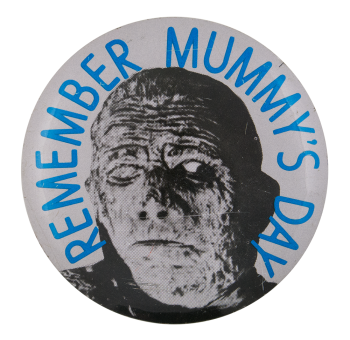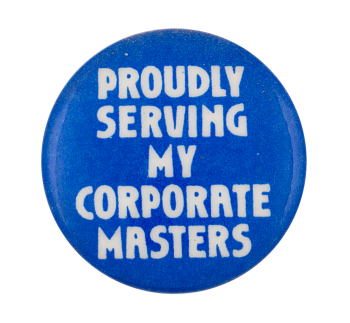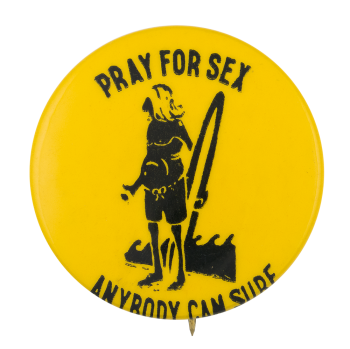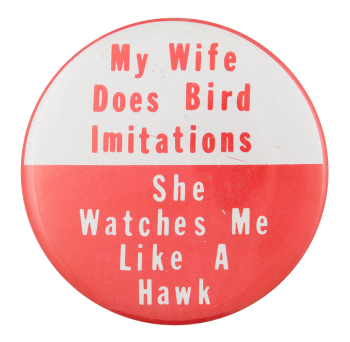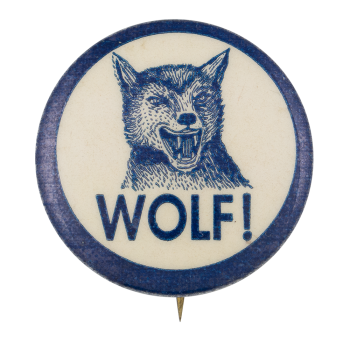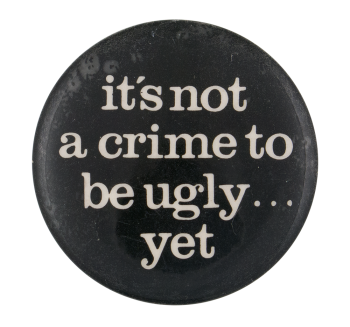Remember Mummy's Day
| Category | |
|---|---|
| Additional Images | |
| Sub Categories | |
| Text on Button | REMEMBER MUMMY'S DAY |
| Image Description | Photograph of a mummy character with blue text on a white background |
| Curl Text | coyright UNIVERSAL PICTURES INC |
| Back Style | |
| The Shape | |
| The Size | |
| Additional Information | This is one of the buttons from the Batty Buttons Universal Monsters collection created by Tops, a manufacturer of pinback buttons and other collectables. The Universal Monsters buttons came in 8 varieties and each one features an iconic monster from Universal movies. This button features the “Mummy”, a monster seen in Universal’s The Mummy (1932), The Mummy’s Curse (1944), and The Mummy’s Tomb (1942). |
| Catalog ID | HU0146 |

